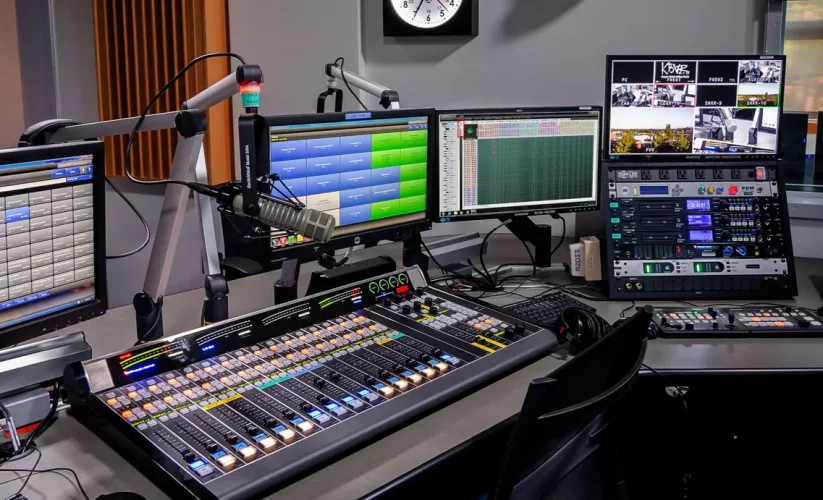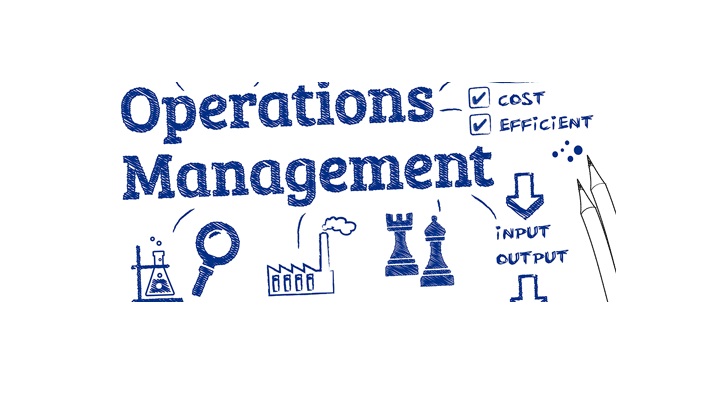
Streamlining Operations with Advanced Radio Station Software
In the fast-paced world of broadcasting, the efficiency of operations can make or break a radio station. Radio station software has become an essential tool for modern broadcasters, enabling them to streamline their processes, improve content delivery, and enhance audience engagement. This article explores how advanced radio station software can transform your operations, making them more efficient and effective.
Understanding the Importance of Radio Station Software
Radio station software is designed to automate and manage various aspects of broadcasting. From scheduling music and shows to managing advertising and audience interaction, this software provides a comprehensive solution for radio stations of all sizes. By leveraging these tools, broadcasters can focus on what matters most—creating compelling content and engaging their listeners.
Key Benefits of Advanced Radio Station Software
- Increased Efficiency: Automation reduces the need for manual intervention in scheduling and playback, allowing staff to focus on creative tasks.
- Enhanced Audience Engagement: Interactive features enable real-time communication with listeners, fostering a sense of community.
- Data-Driven Insights: Advanced analytics provide valuable insights into listener behavior, helping stations tailor their programming to meet audience preferences.
- Cost-Effective Operations: Streamlining processes can lead to reduced operational costs, making it easier for stations to allocate resources effectively.
Key Features of Effective Radio Station Software
When selecting radio station software, it’s essential to consider the features that can help streamline your operations. Here are some key functionalities to look for:
1. Automation and Scheduling
Automation is at the heart of effective radio station software. Features that allow for automated scheduling of shows, ads, and playlists can save significant time and reduce errors.
- Scheduled Playback: This feature allows you to set up playlists and advertising schedules in advance, ensuring smooth operation without manual intervention.
- Live vs. Pre-Recorded Shows: Look for software that can seamlessly transition between live broadcasts and pre-recorded content.
2. Content Management System (CMS)
An efficient CMS is vital for organizing and managing audio files, playlists, and metadata. It should allow broadcasters to easily upload, categorize, and retrieve content.
- Centralized Library: A well-organized library helps in quick access to audio files, making it easier to find and play content on demand.
- Metadata Management: The ability to manage and edit metadata ensures that all content is accurately labeled, which is essential for on-air presentation.
3. Real-Time Analytics
Understanding your audience is crucial for tailoring your content. Advanced radio station software should offer robust analytics tools that provide real-time insights into listener demographics and engagement metrics.
- Listener Feedback: Collecting and analyzing listener feedback can help improve programming and identify popular content.
- Performance Tracking: Monitor which shows and segments are performing best to make data-driven decisions about future programming.
4. Interactive Listener Tools
Engaging listeners is vital for building loyalty. Look for software that includes interactive tools that allow listeners to communicate with the station easily.
- Live Chat and Polls: These features enable real-time interaction, allowing listeners to participate in discussions and provide feedback.
- Voice Messages: Allowing listeners to send voice messages can add a personal touch to listener interactions.
5. Monetization Options
For many radio stations, generating revenue is essential for sustainability. Advanced radio station software should provide various monetization options.
- Ad Management: Automate the scheduling and rotation of advertisements to maximize revenue opportunities.
- Listener Rewards Programs: Implement loyalty programs that reward listeners for tuning in or engaging with your station.
6. Integration Capabilities
Your radio station software should integrate seamlessly with other tools and platforms you use, such as social media and website content management systems.
- Social Media Integration: Promote your shows and interact with listeners on social media platforms directly from your software.
- Third-Party Services: Ensure compatibility with services like TuneIn and Alexa for broader audience access.
Popular Radio Station Software Solutions
Here are some of the leading radio station software options available today that can help streamline your operations:
1. RadioCloud
RadioCloud offers an all-in-one broadcasting platform designed for modern radio stations. With features such as cloud-based streaming, interactive listener tools, and advanced analytics, it simplifies the broadcasting process.
- Key Features: 24/7 streaming, automated scheduling, and a user-friendly interface.
2. SAM Broadcaster
SAM Broadcaster is a popular choice for internet radio stations, known for its comprehensive automation and scheduling capabilities. It allows users to manage playlists and stream live audio effectively.
- Key Features: Detailed statistics, automation, and high-quality streaming options.
3. Airtime Pro
Airtime Pro is a cloud-based solution that provides powerful automation and scheduling tools. It is suitable for both live and pre-recorded broadcasts.
- Key Features: Web-based access and real-time listener statistics.
4. Rivendell
Rivendell is an open-source radio automation system that offers a complete solution for managing audio content and is ideal for larger stations.
- Key Features: Comprehensive playlist management and support for various audio formats.
Implementing Radio Station Software
When implementing radio station software, consider the following steps to ensure a smooth transition:
1. Assess Your Needs
Identify the key features that align with your station’s goals and operational requirements. Understanding your specific needs will guide your selection process.
2. Test Demos and Trials
Take advantage of free trials or demos offered by software providers. Testing the software in your operational environment will help you assess its suitability.
3. Train Your Team
Invest time in training your team on how to use the new software effectively. Proper training will maximize the software’s capabilities and improve overall efficiency.
4. Monitor Performance
After implementation, continuously monitor the software’s performance and gather feedback from your team. Adjust your workflows as needed to optimize operations further.
Conclusion
Streamlining operations with advanced radio station software is essential for enhancing efficiency and improving audience engagement. By leveraging automation, real-time analytics, and interactive tools, radio stations can optimize their workflows and focus on delivering engaging content. With the right software in place, broadcasters can not only improve their operational efficiency but also foster a loyal listener base that drives long-term success.




